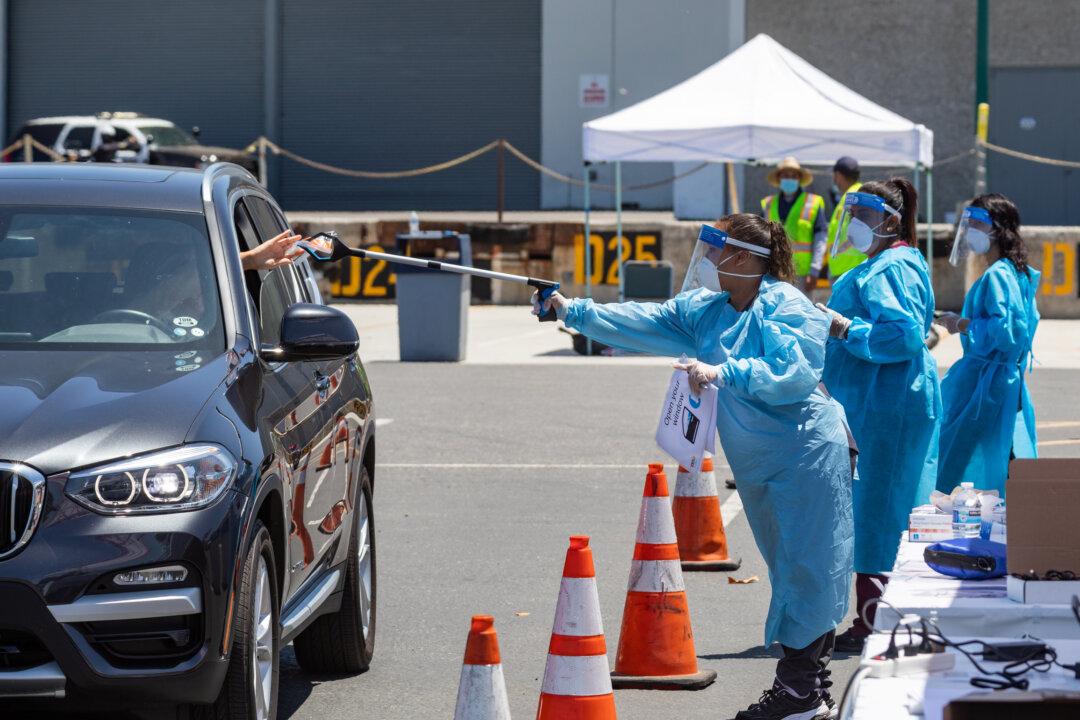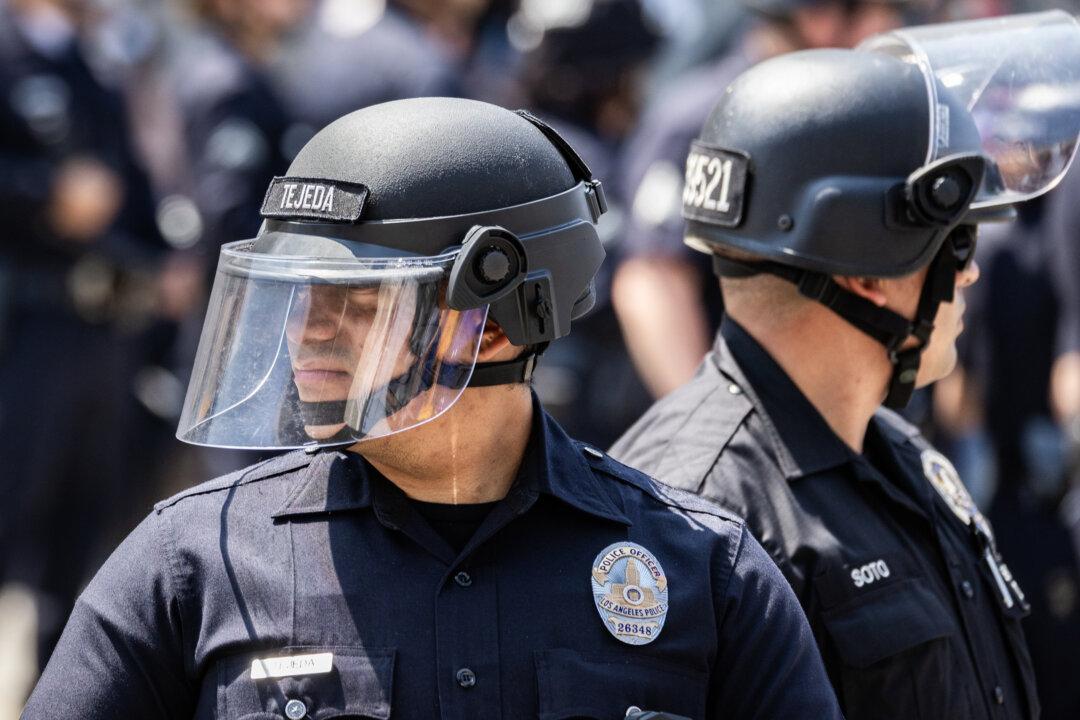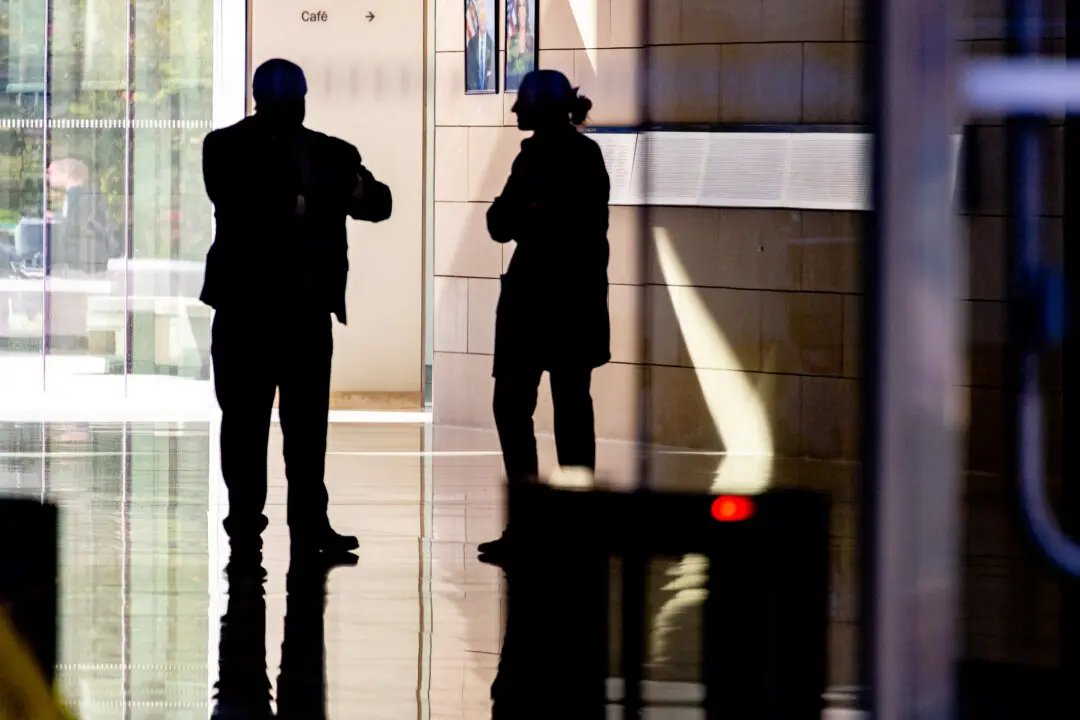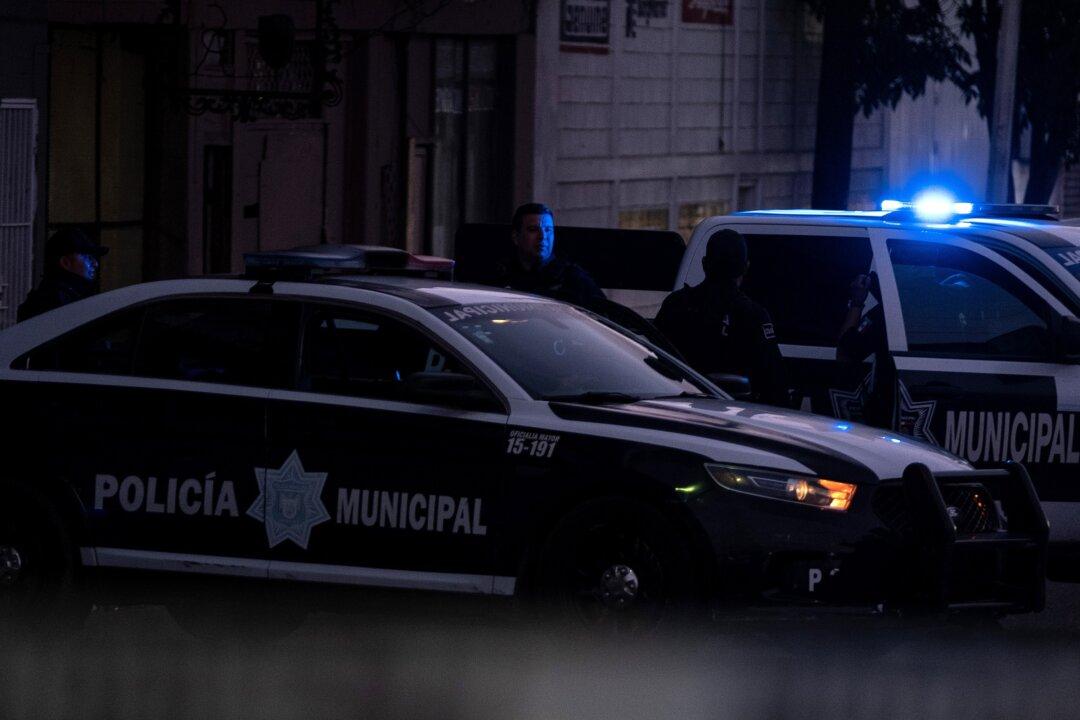SANTA ANA, Calif. (CNS)—Orange County’s COVID-19 cases and hospitalization rates continue to mount as officials brace for a Thanksgiving-fueled surge.
The Orange County Health Care Agency (OCHCA) reported 1,058 new cases of COVID-19 but no additional deaths on Nov. 29, bringing the county’s totals to 77,819 cases with 1,577 fatalities.





